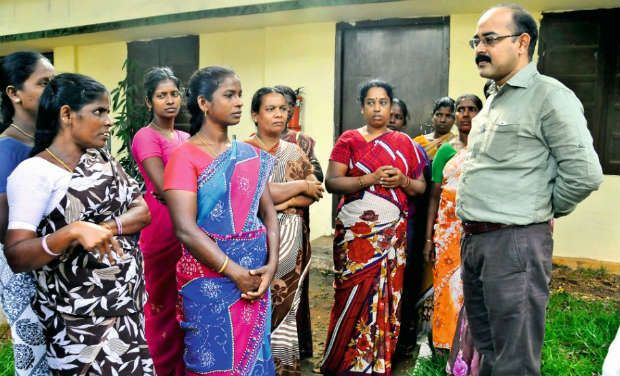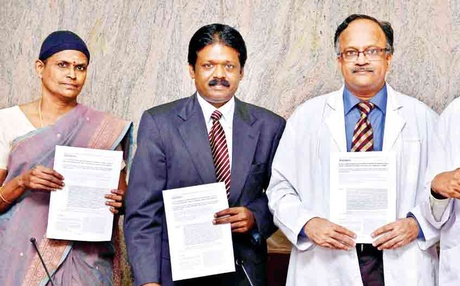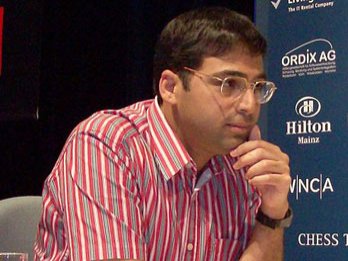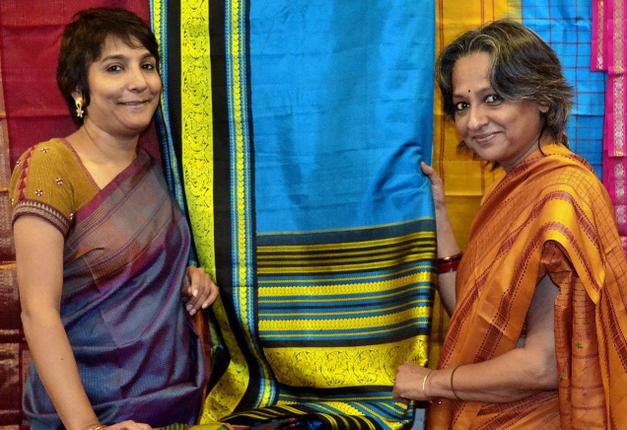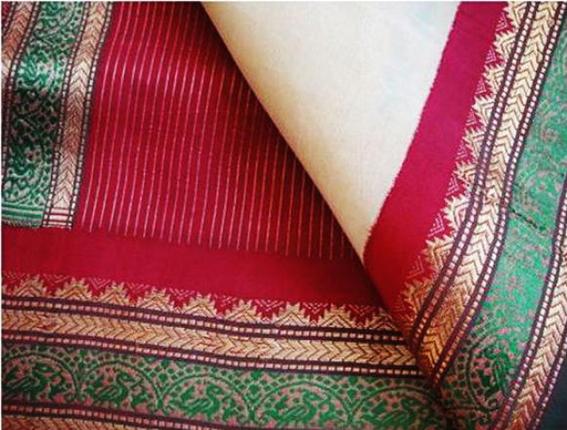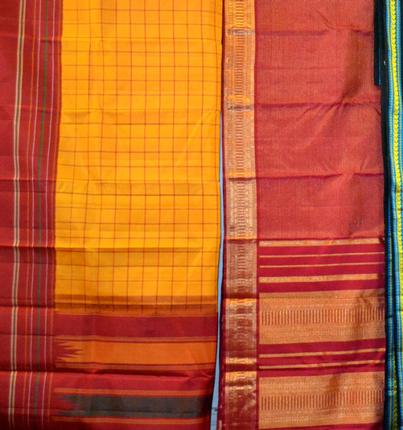Chennai :
Jungle Jewels, a Tiruchi-based firm that makes jewellery uniquely from seeds and trains economically poor women to craft them, is on the lookout for funding from social investors.
The firm, founded by engineer-turnedsocial entrepreneur J Balamurali, 40, is already in talks with one investor, which he won’t name. “When people come, they look at us more as a business to make more money. We don’t want investors like that,” says Balamurali.![]()
In its fifth year now, Jungle Jewels hopes to end 2013-14 with revenues of Rs 60 lakh, breaking even in the process. “We could have touched Rs 90 lakh. But due to lack of funding, we had to scale it down,” says its founder.
Balamurali’s venture happened by chance. His father had set up a herbal park to provide alternative primary health care to villagers near Tiruchi in 1979. Many years later, it occurred to Balamurali that the seeds in the park, going waste, needs to be used up somehow. The idea of making jewellery struck him one day when he saw women arranging paddy seeds.
His research showed him no one had done this commercially, though some tribals already knew the art. Balamurali then put up samples in an exhibition in Mumbai. “People were excited seeing the products,” he recalls. That was enough trigger to start Jungle Jewels, which he did by investing his own money as also that of his family and friends.
Jungle Jewels has 30 women from poor backgrounds on its rolls. For most, this is their first job. None of them had any prior idea about craftwork. Their husbands work as auto-rickshaw drivers, farm labourers, textile shop salesmen and lorry load men.
R Chitra, a 37-year-old employee, says: “This is an additional income for the family, we are very happy. We like the concept and it is different from a regular day job.” Jungle Jewels has two units. The Tiruchi unit, which this correspondent had visited, is a one-room facility having a huge table for a work area. The workers, having fixed work hours, even have a pick-up and drop facility. They make jewellery from 12 seeds, the likes of ‘Canna indica,’ ‘Oryza sativa’ and ‘Delonix regia.’
The company doesn’t have a designer. But workers say they draw inspiration from real life. Prices range between Rs 40 (for a pair of earrings) and Rs 1,400 (for neckpieces). As Jungle Jewels expands its offerings to products such as key chains, stationery items, and do-it-yourself-kits, Balamurali is considering hiring fashion design students as interns. Jungle Jewels markets its products through exhibitions, online shops and resellers. It also has tie-ups with individuals in the US, UK, France, Australia and Dubai to sell its products.
It hasn’t been easy, says Balamurali. Conversations with big retailers, he says, are always about discounts, volumes and profits. “People tell me that my products are under-priced. We have a calculation. We are happy with that calculation. There should be some justification to pricing, right?”
He says: “When people buy a product, they don’t know what its roots are, who made it and where it came from.” He believes it should be different. “Here, we have a story. By buying a necklace, we are supporting a group of women who are financially not doing well. We don’t exploit anyone in the chain.”
Now, Jungle Jewels wants to scale up. Paul Basil, founder and CEO of Villgro, which essentially funds social enterprise firms and ideas, says: “This is definitely unique, a niche type of product but will that scale, is the question.”
Chandu Nair, a Chennai-based entrepreneur and mentor, says: “It is expensive to build a brand and also, difficult to distribute. But, it is definitely possible.” He says there are quite a few social impact funds, which are patient and also ready for relatively smaller returns.
But Nair says, “Much of it depends on how much of a social impact is the firm creating, what kind of an enterprise is it and how good is the team.”
According to the India Venture Capital and Private Equity Report 2013, published by IIT-Madras, social sector investments by private equity and venture capital funds dropped drastically to around $36 million (about Rs 227 crore) in 2012, compared to $160 million (Rs 1,010 crore) the previous year.
source: http://www.articles.economictimes.indiatimes.com / The Economic Times / Home> News> News By Company> Corporate Trends> Jewellery / by Vidhya Sivaramakrishnan, ET Bureau / November 18th, 2013

